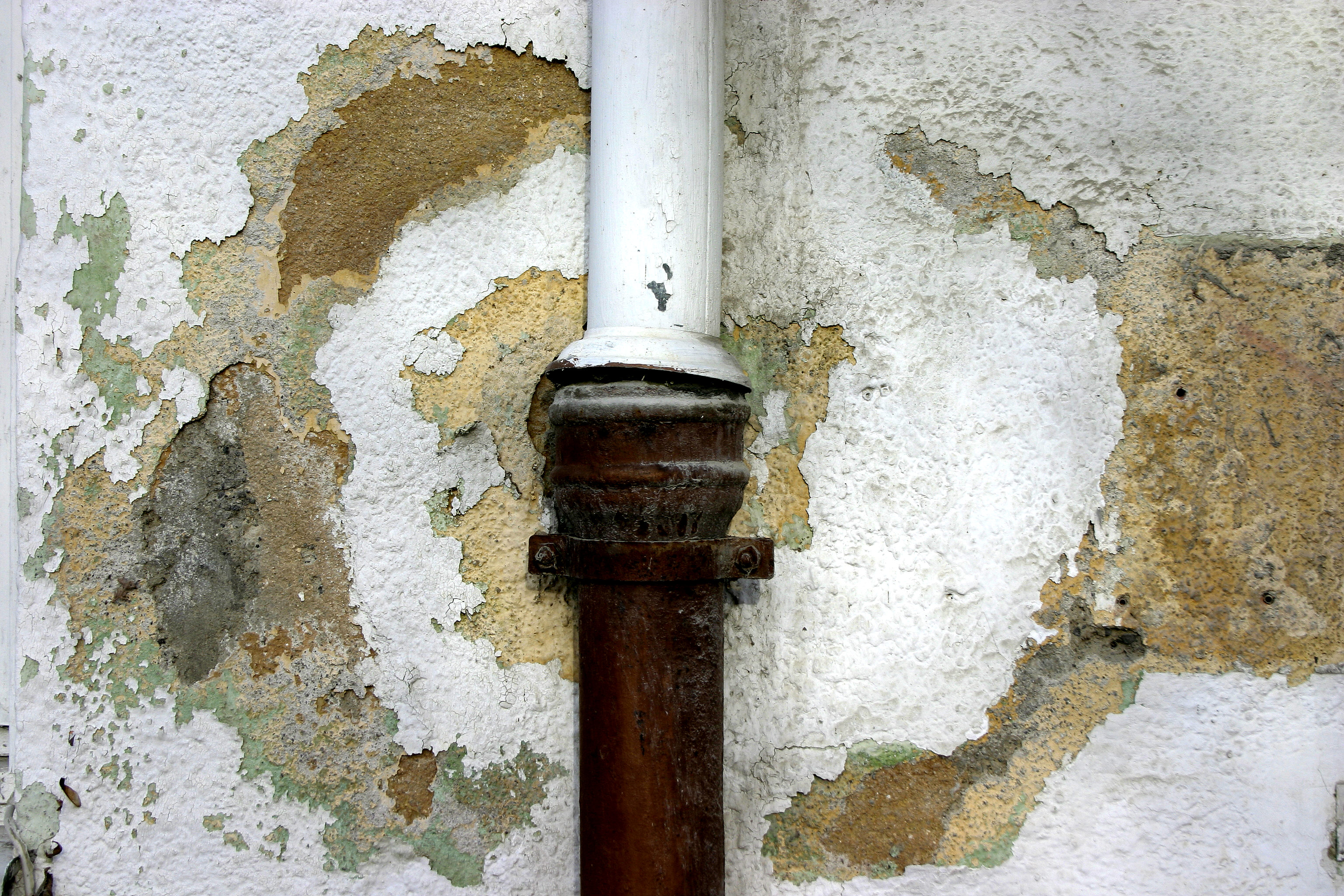Do's and Don'ts During Water Damages Emergency Situations.
Do's and Don'ts During Water Damages Emergency Situations.
Blog Article
What are your opinions about Ways to Reduce The Risk Of Fire And Water Damage?

Water offers life, water breach on components where it's not meant to be can result in damage. Homes with water damage scent stuffy as well as old.
Water can originate from many sources such as tropical storms, floodings, ruptured pipelines, leakages, and also sewage system concerns. In case you experience water damage, it would be great to recognize some safety and security preventative measures. Here are a few standards on just how to deal with water damages.
Do Prioritize Home Insurance Policy Insurance Coverage
Water damage from flooding as a result of hefty winds is seasonal. You can likewise experience an unexpected flood when a faulty pipeline unexpectedly ruptures into your residence. It would certainly be best to have house insurance that covers both disasters such as natural calamities, and also emergency situations like damaged plumbing.
Don't Neglect to Turn Off Energies
In the event of a calamity, particularly if you stay in a flood-prone area, it would certainly be recommended to switch off the main electric circuit. This cuts off power to your whole residence, avoiding electric shocks when water can be found in as it is a conductor. Furthermore, do not neglect to turn off the main water line valve. When floodwaters are high, furnishings will certainly walk around and cause damage. Having the main shutoff shut off protects against further damages.
Do Stay Proactive as well as Heed Weather Informs
Listen to emptying warnings if you live near a creek, river, or lake. Doing so lowers possible building damages.
Don't Overlook the Roofing System
Before the weather transforms shocking, ensure you have a roofing inspection. Actually, it would certainly be prudent to receive this solution yearly as it can reduce intricate problems. You can avoid rainfall damages if there are no holes as well as leakages in your roofing system. Your roofing contractor will also take care of faulty rain gutters or any other signs of weakening. This will protect against water from moving down your walls and soaking your ceiling.
Do Take Note Of Small Leakages
A burst pipeline does not take place overnight. You might see gurgling paint, peeling off wallpaper, water streaks, water stains, or dripping sounds behind the walls. Have your plumbing repaired prior to it results in massive damages.
Don't Panic in Case of a Burst Pipe
Maintaining your clearheadedness is important in a time of dilemma. Since it will certainly suppress you from acting fast, worrying will just compound the issue. When it comes to water damages, timing is vital. The longer you wait, the even more damages you can anticipate. Hence, if a pipe bursts in your home, quickly shut off your major water shutoff to remove the resource. Unplug all electrical outlets in the location or transform off the circuit breaker for that component of the residence. Ultimately, call a reliable water damage reconstruction professional for aid.
Water provides life, water invasion on parts where it's not expected to be can result in damage. Homes with water damages odor stuffy as well as old.
Water damage from flooding charges to heavy winds is seasonal. You might notice bubbling paint, peeling wallpaper, water streaks, water spots, or leaking sounds behind the walls. When it comes to water damage, timing is crucial.
Some Do's & Don't When Dealing with a Water Damage
DO:
Make sure the water source has been eliminated. Contact a plumber if needed. Turn off circuit breakers supplying electricity to wet areas and unplug any electronics that are on wet carpet or surfaces Remove small furniture items Remove as much excess water as possible by mopping or blotting; Use WHITE towels to blot wet carpeting Wipe water from wooden furniture after removing anything on it Remove and prop up wet upholstery cushions for even drying (check for any bleeding) Pin up curtains or furniture skirts if needed Place aluminum foil, saucers or wood blocks between furniture legs and wet carpet Turn on air conditioning for maximum drying in winter and open windows in the summer Open any drawers and cabinets affected for complete drying but do not force them open Remove any valuable art objects or paintings to a safe, dry place Open any suitcases or luggage that may have been affected to dry, preferably in sunlight Hang any fur or leather goods to dry at room temperature Punch small holes in sagging ceilings to relieve trapped water (don't forget to place pans beneath!); however, if the ceiling is sagging extremely low, stay out of the room and we'll take care of it DO NOT:
Leave wet fabrics in place; dry them as soon as possible Leave books, magazines or any other colored items on wet carpets or floor Use your household vacuum to remove water Use TV's or other electronics/appliances while standing on wet carpets or floors; especially not on wet concrete floors Turn on ceiling fixtures if the ceiling is wet Turn your heat up, unless instructed otherwise

Do you enjoy reading up on Reducing Your Risk Of Water And Fire Damage At Home? Try to leave a remark below. We'd be glad to find out your responses about this article. We are looking forward that you come back again in the near future. Do you know about somebody else who is serious about the topic? Feel free to share it. Thanks a bunch for your time. Don't forget to check our website back soon.
Report this page